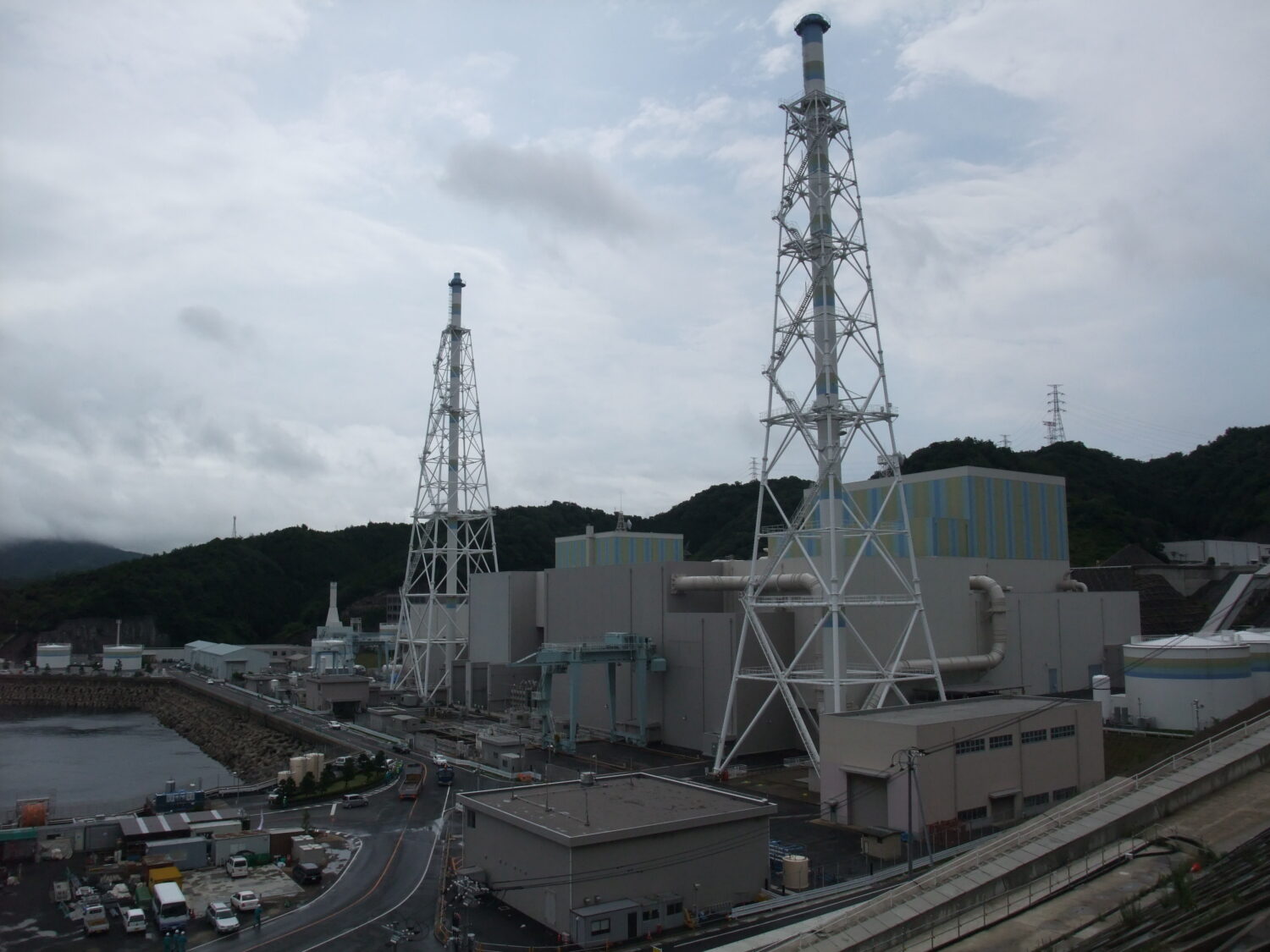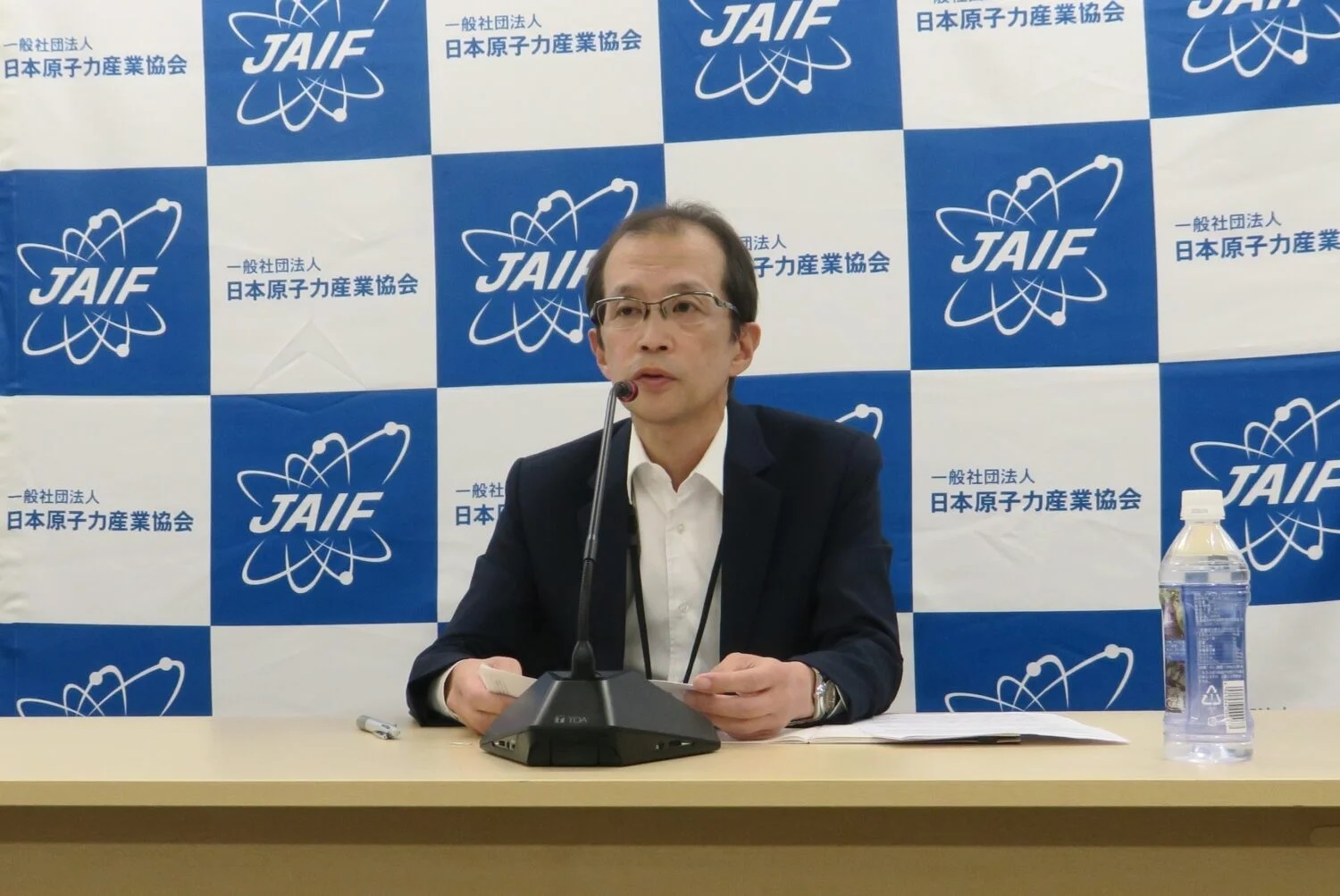Established by researchers from the National Institute for Fusion Science (NIFS), Helical Fusion specializes in the helical-type fusion reactor design. This design employs twisted coils to create a powerful magnetic field, which confines high-temperature, high-pressure plasma to sustain nuclear fusion reactions continuously. Although the complex coil structure makes manufacturing challenging, this design uniquely does not require the induction of electric current into the plasma during operation.
According to Helical Fusion, their helical-type fusion reactor inherits approximately 70 years of accumulated research knowledge from NIFS and other Japanese institutions.
Under the new Helix Program, the company plans to concurrently advance experimental trials with test equipment, fusion reactor design, and site selection processes by 2030. Helical Fusion aims to meet three critical criteria: operational stability (capable of running 24 hours a day, 365 days a year), net energy generation (producing more energy than consumed by the system), and maintainability (enabling efficient short-term maintenance). Through this unique program, the company expressed its ambition to realize truly sustainable, highly efficient energy production and establish Japan as a global leader in this significant industry.
The Japanese government, in its revised national Fusion Energy Innovation Strategy released in June, emphasized strong support for private-sector research, development, and commercial activities aimed at establishing a domestic fusion energy industry, targeting demonstration of power generation in the 2030s.


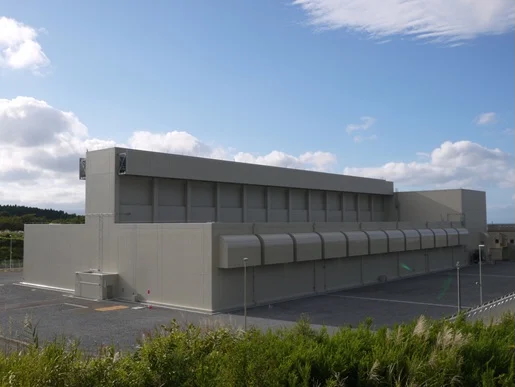
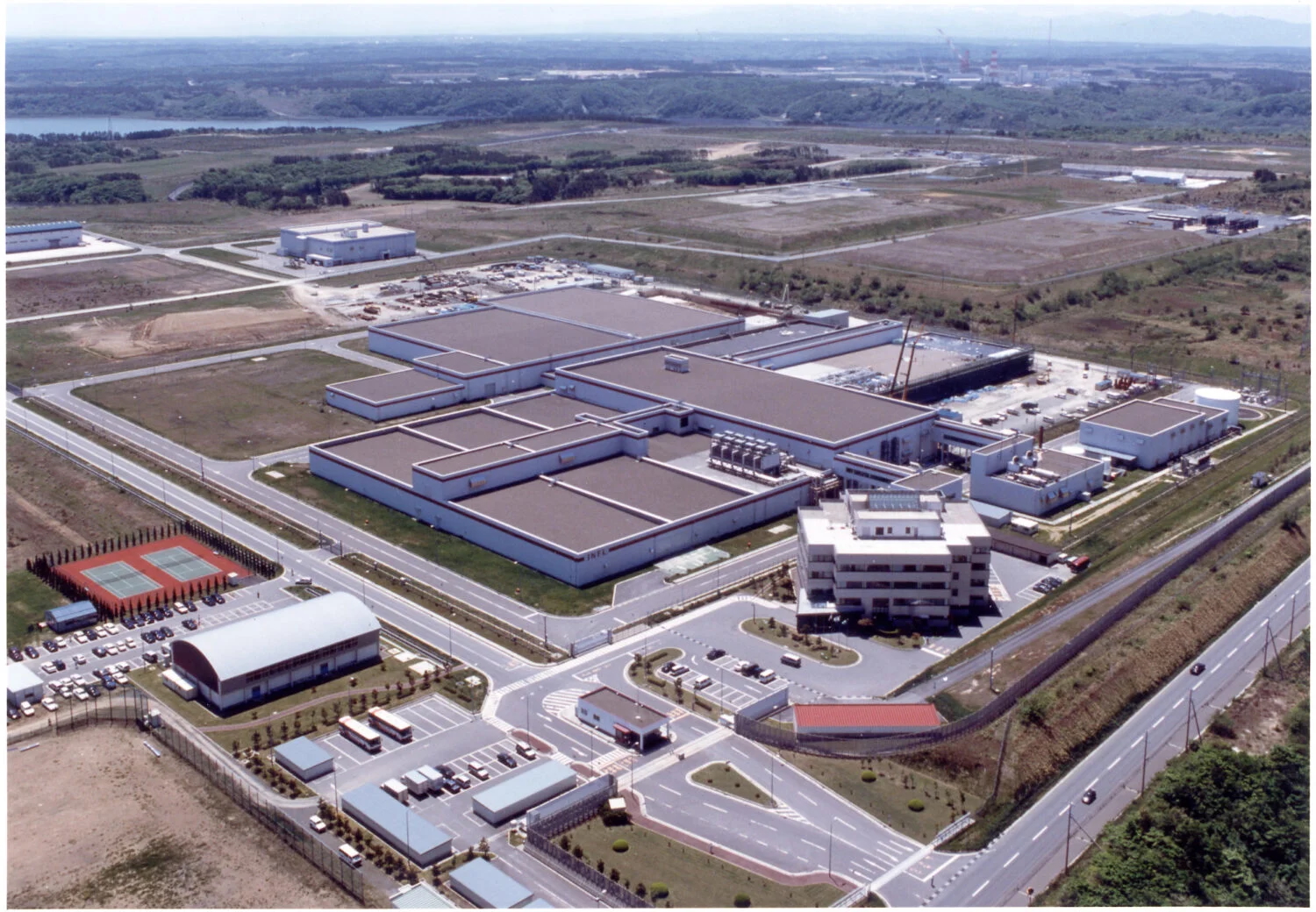

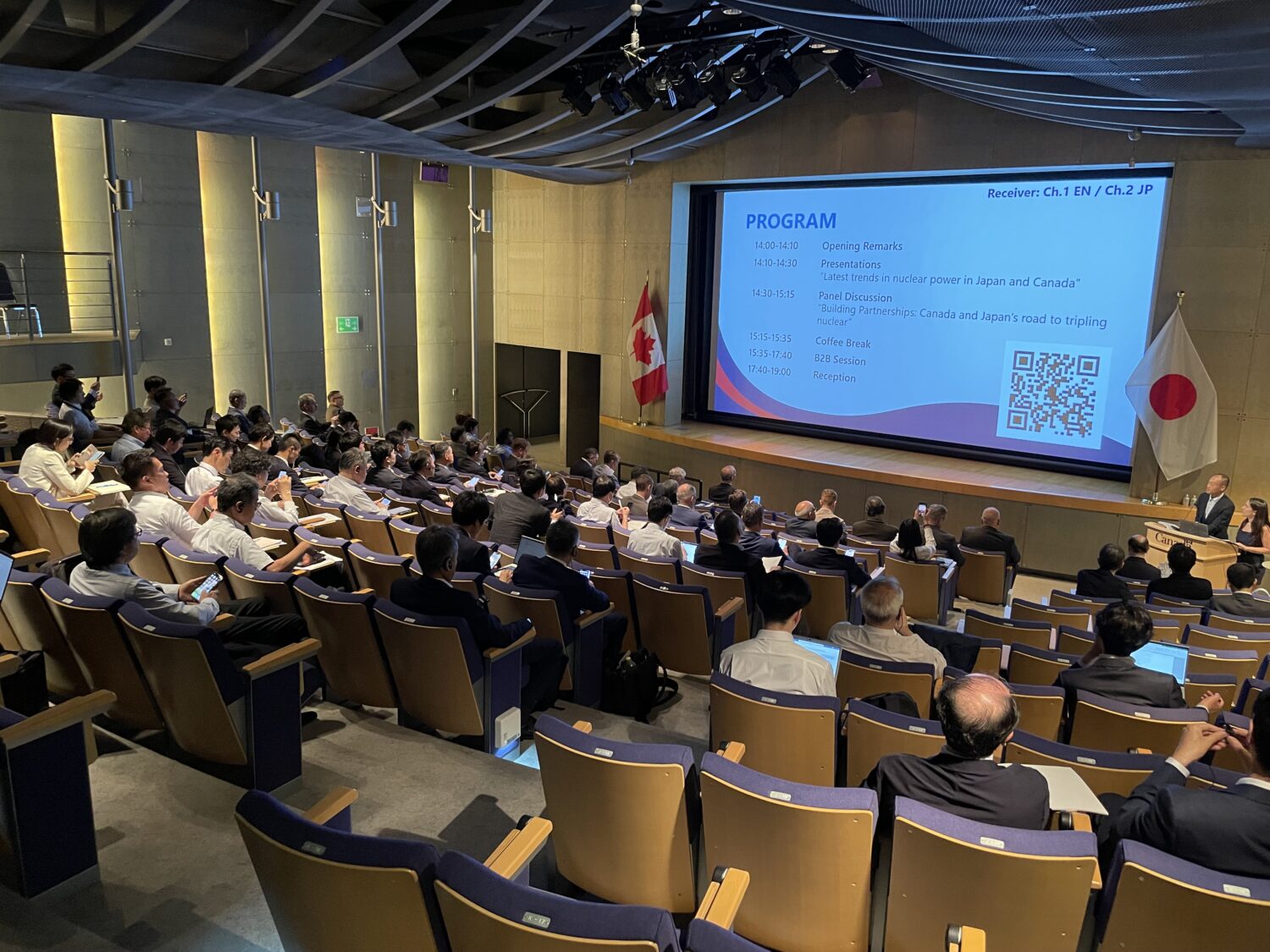

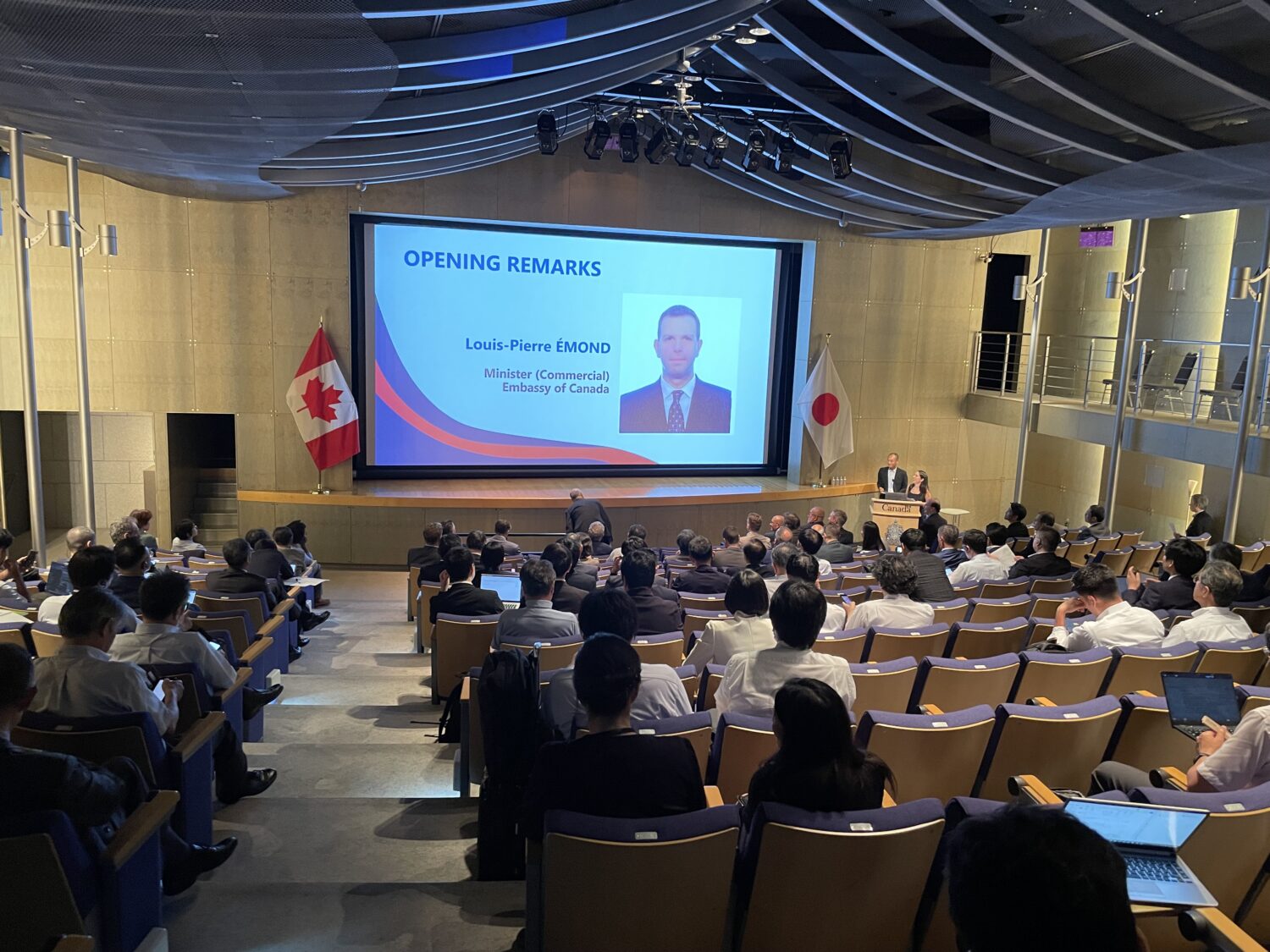
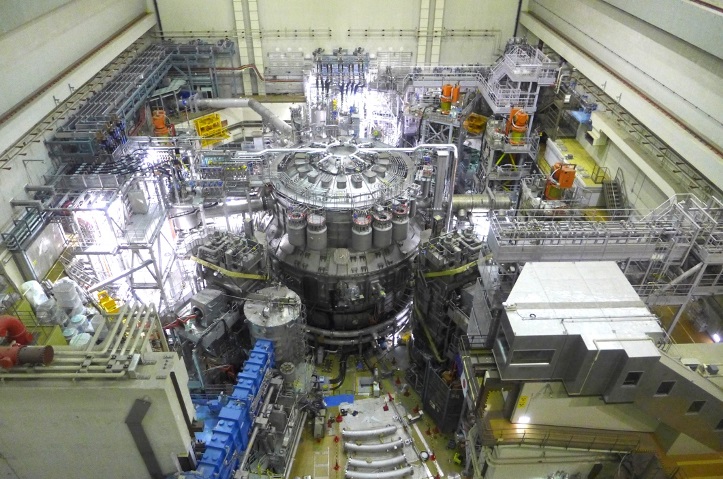
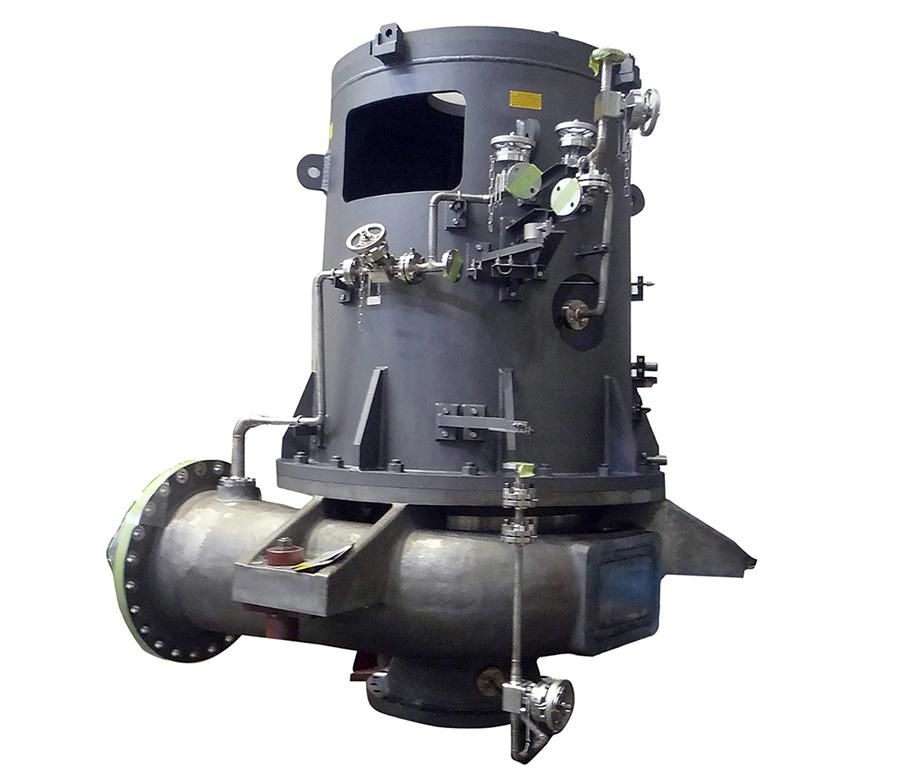



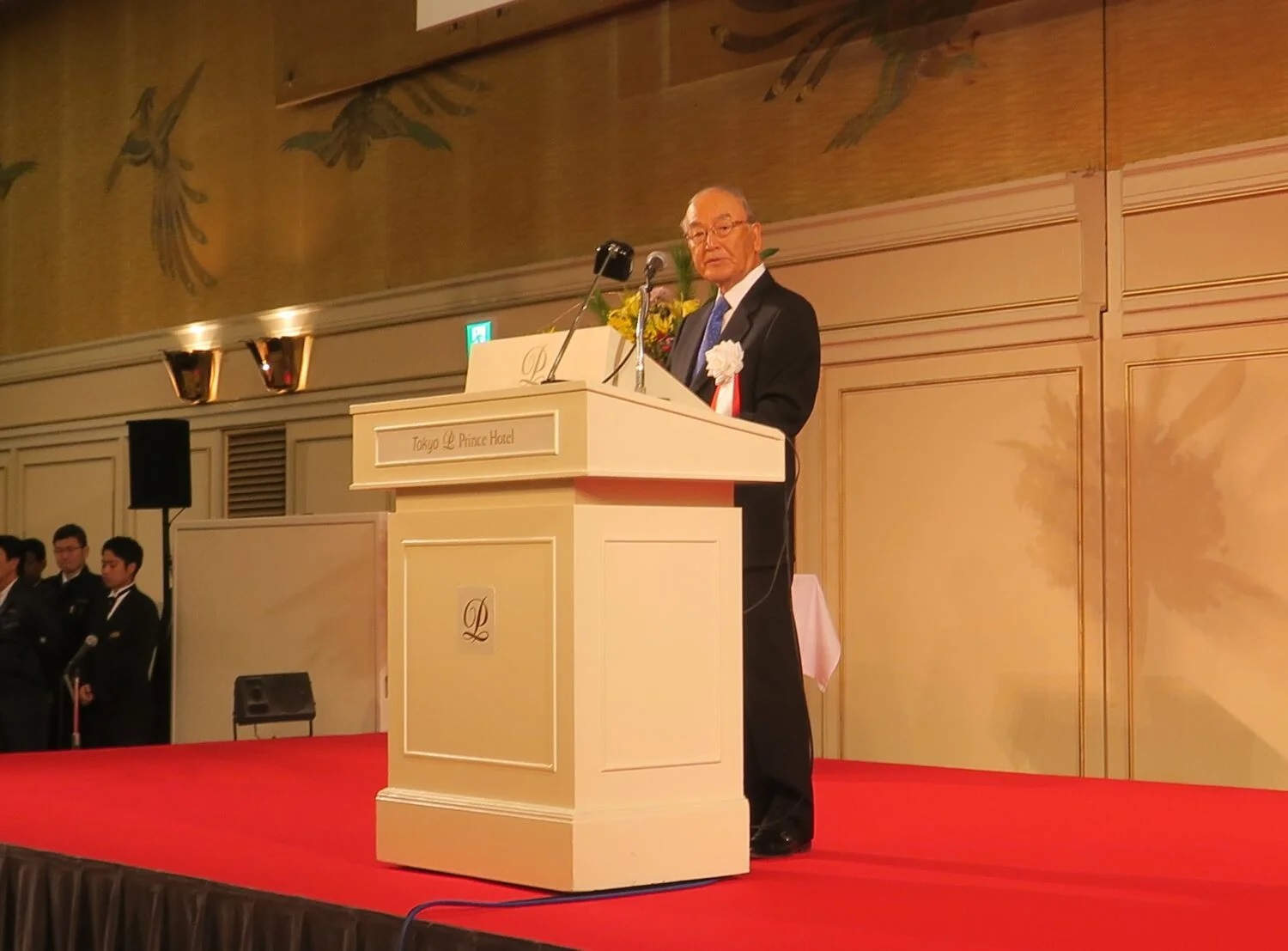
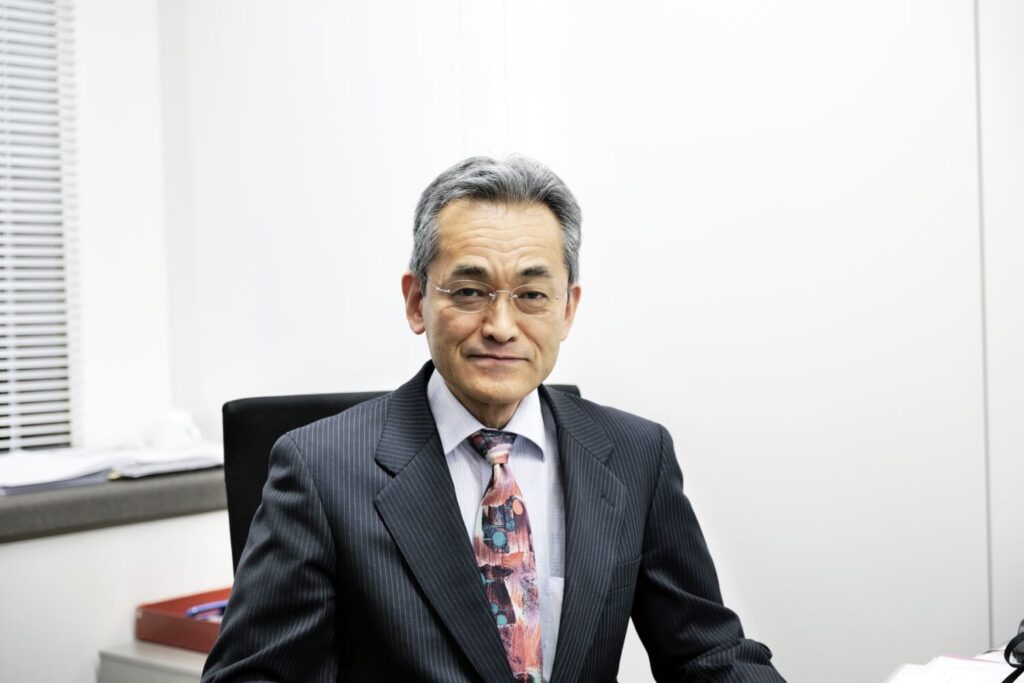

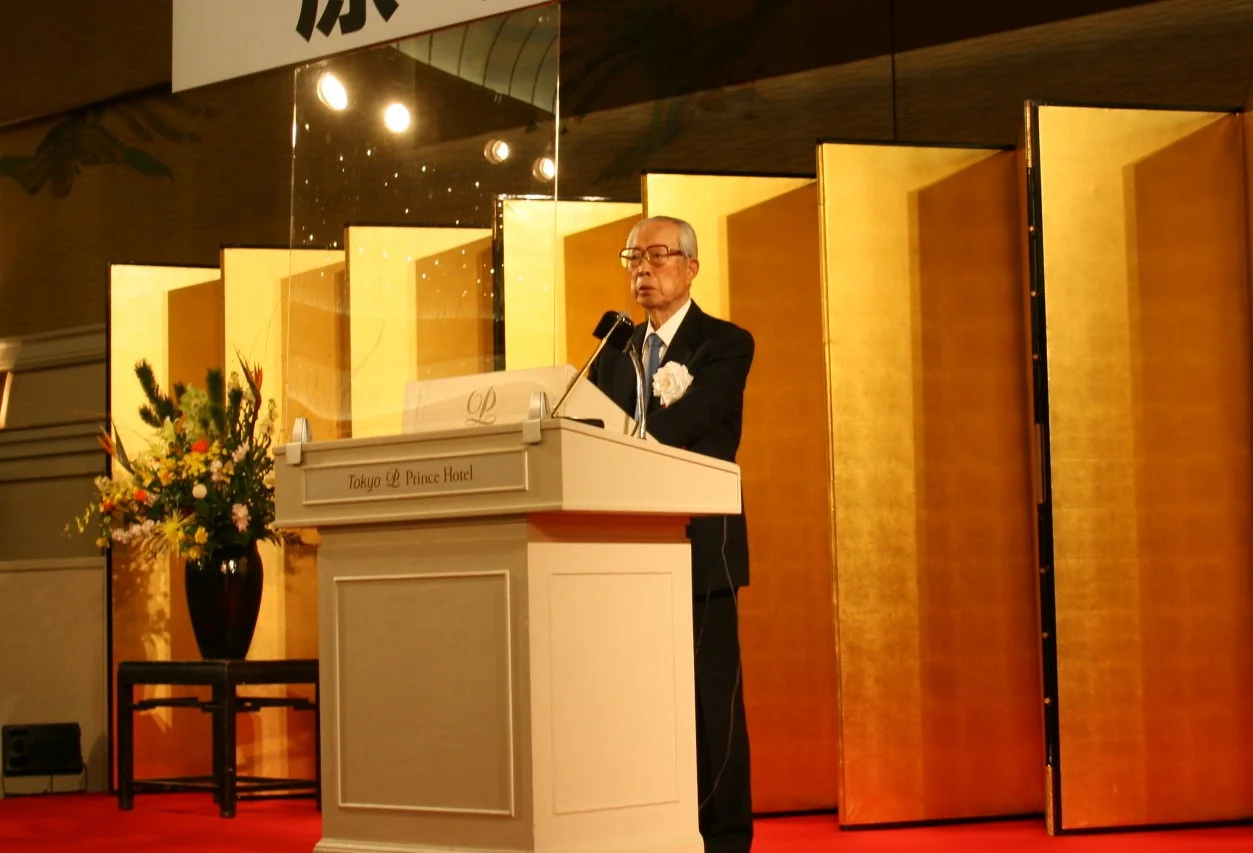
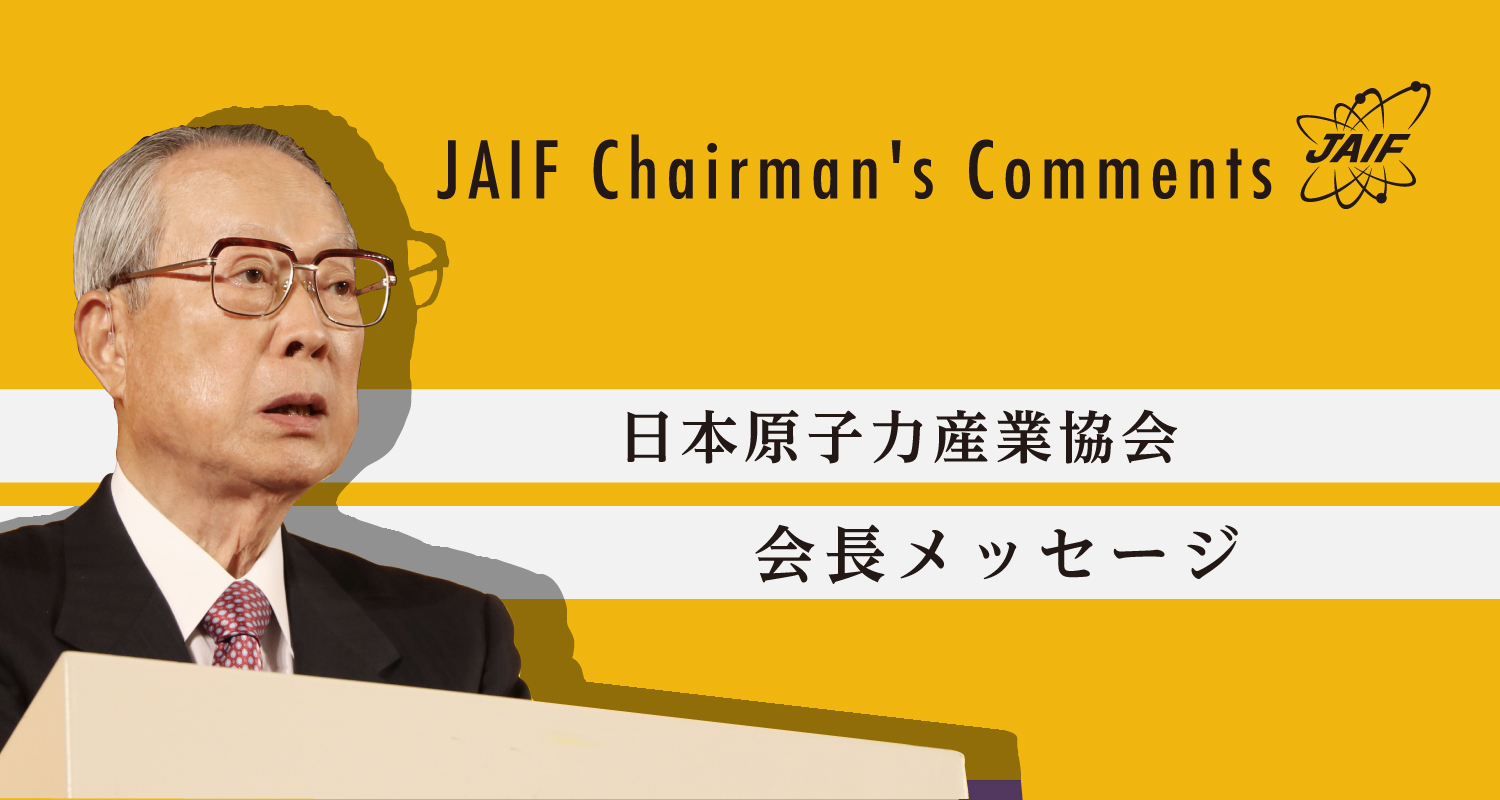
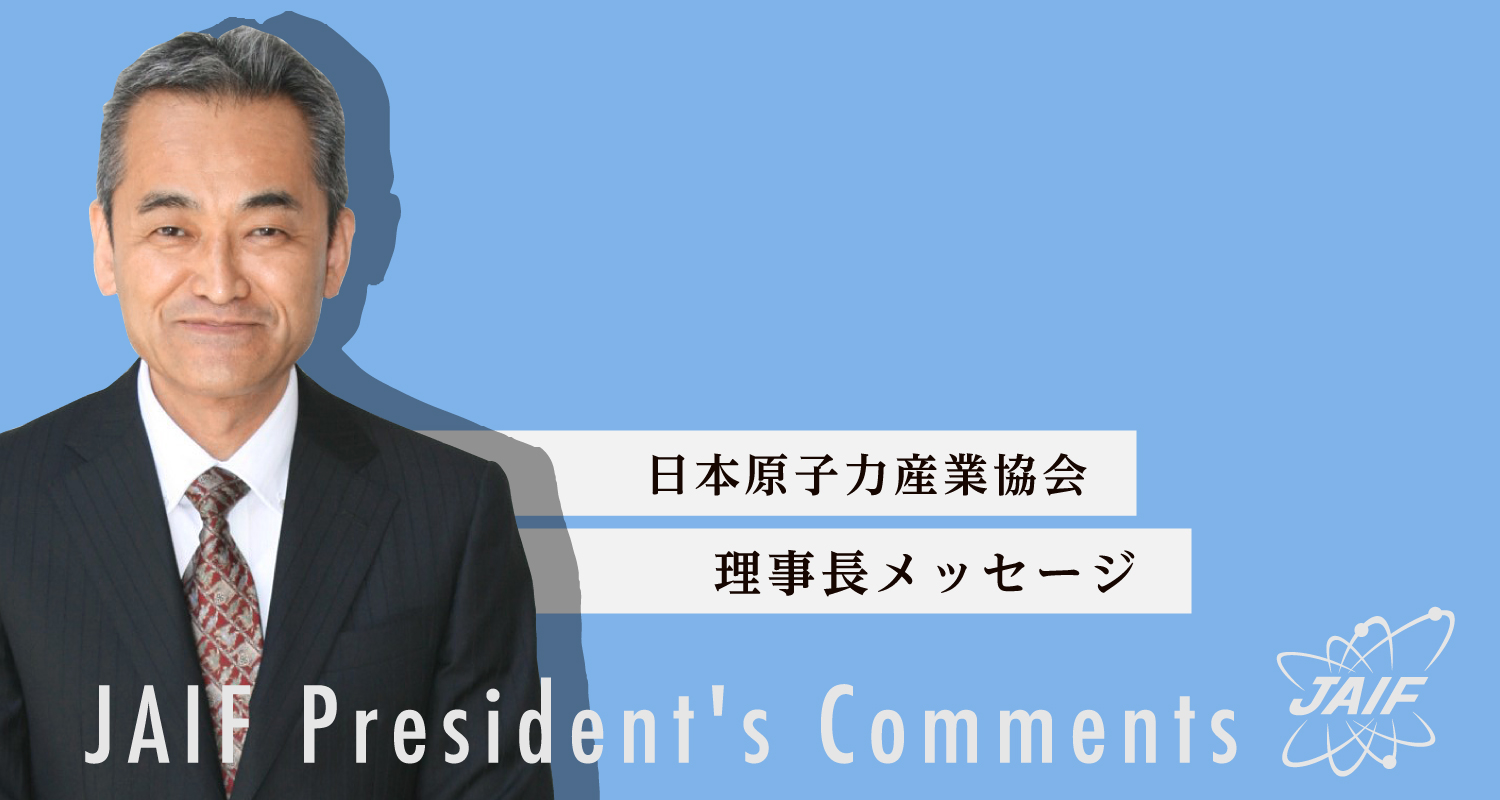
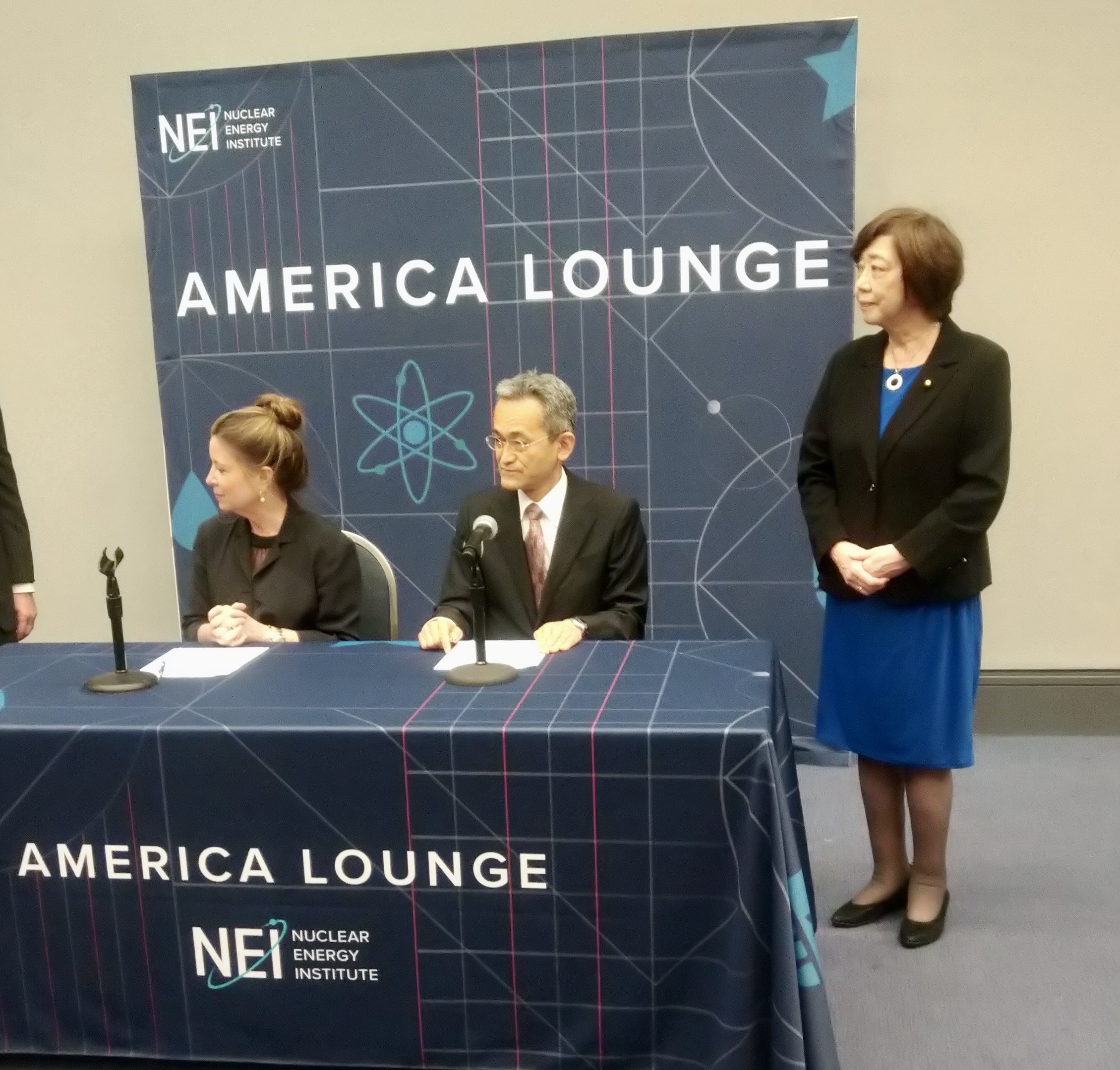

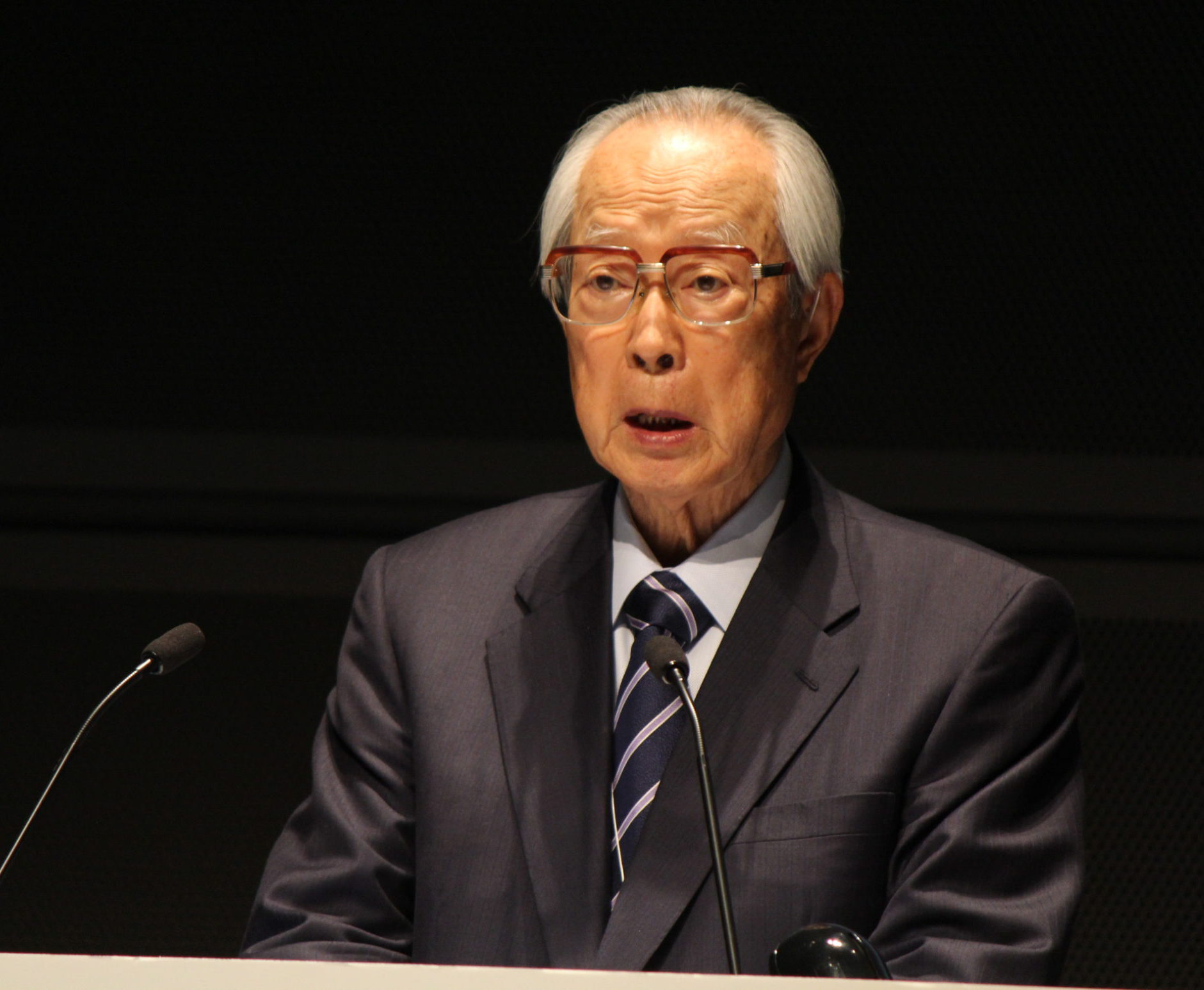
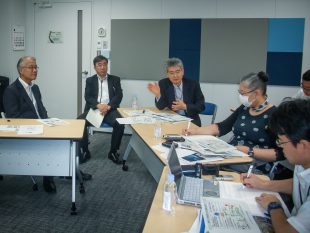
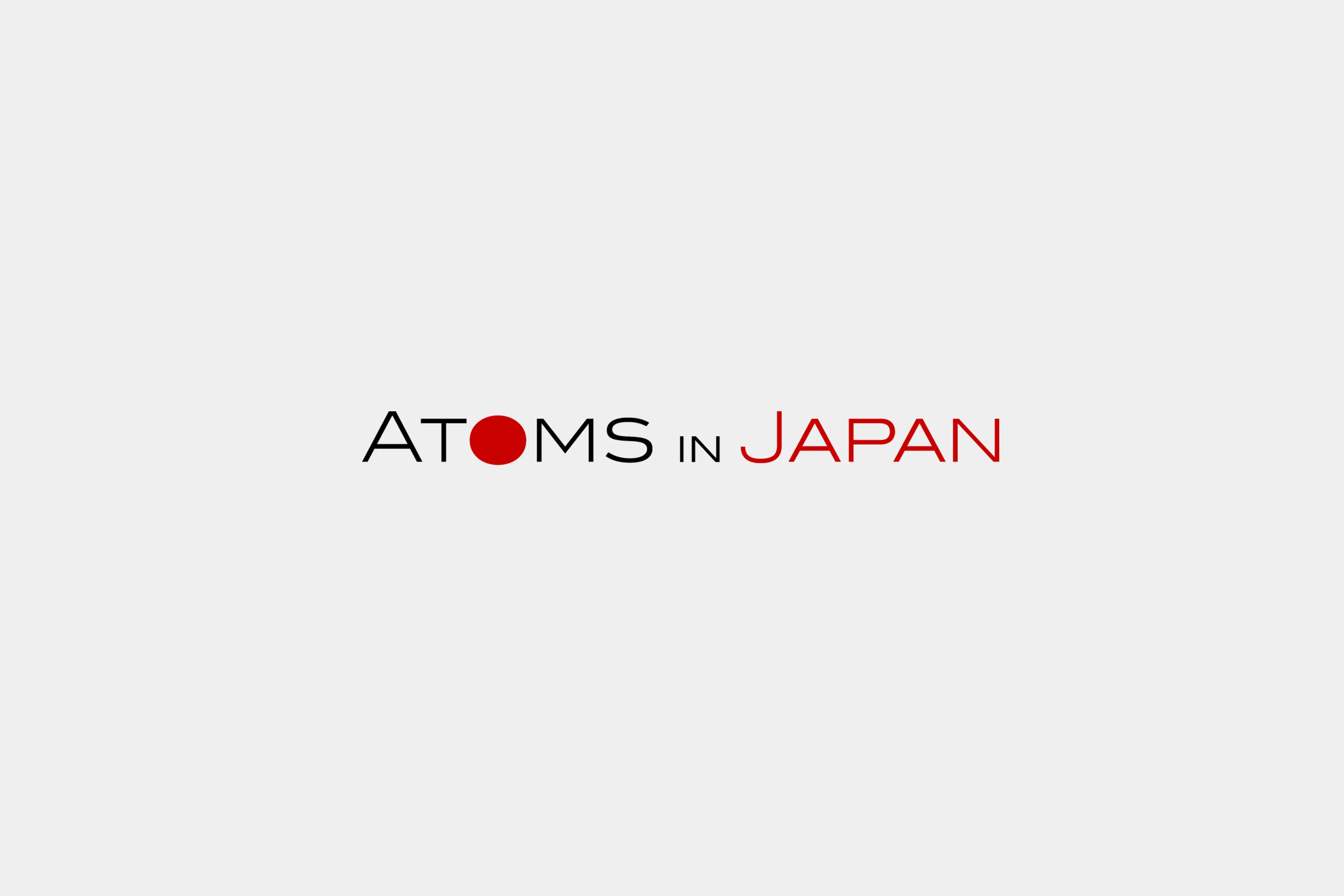

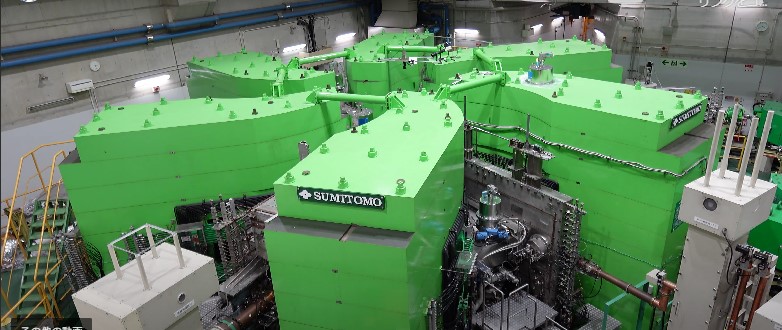

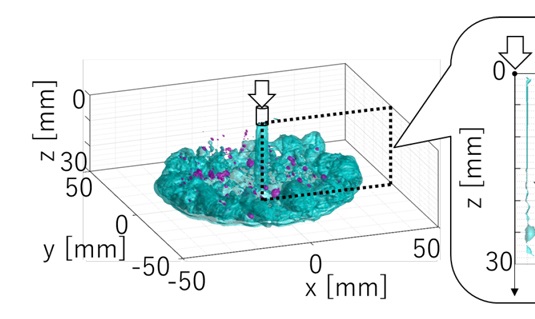
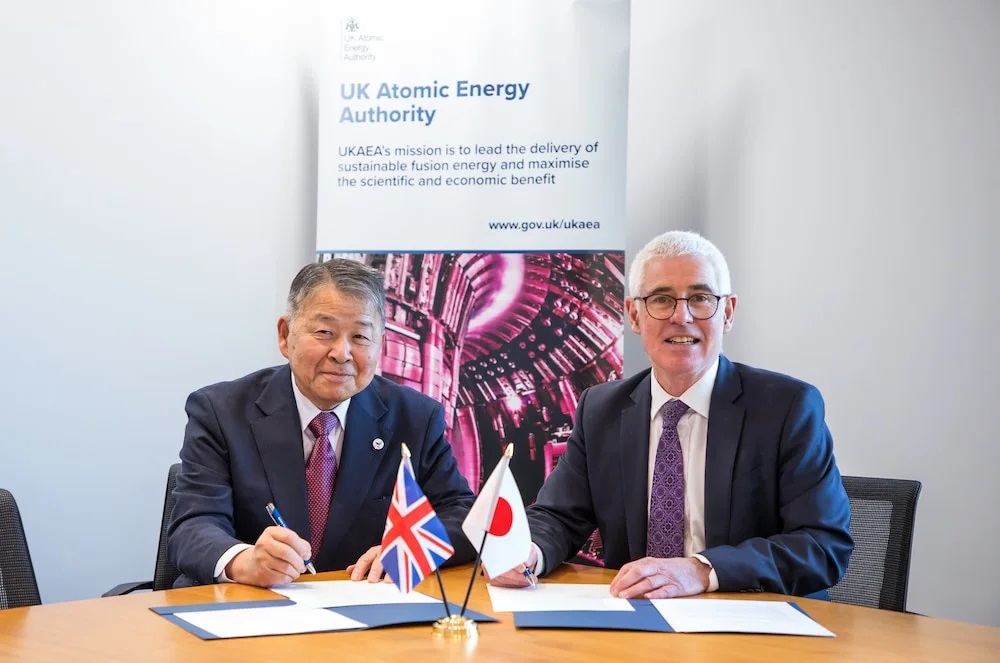
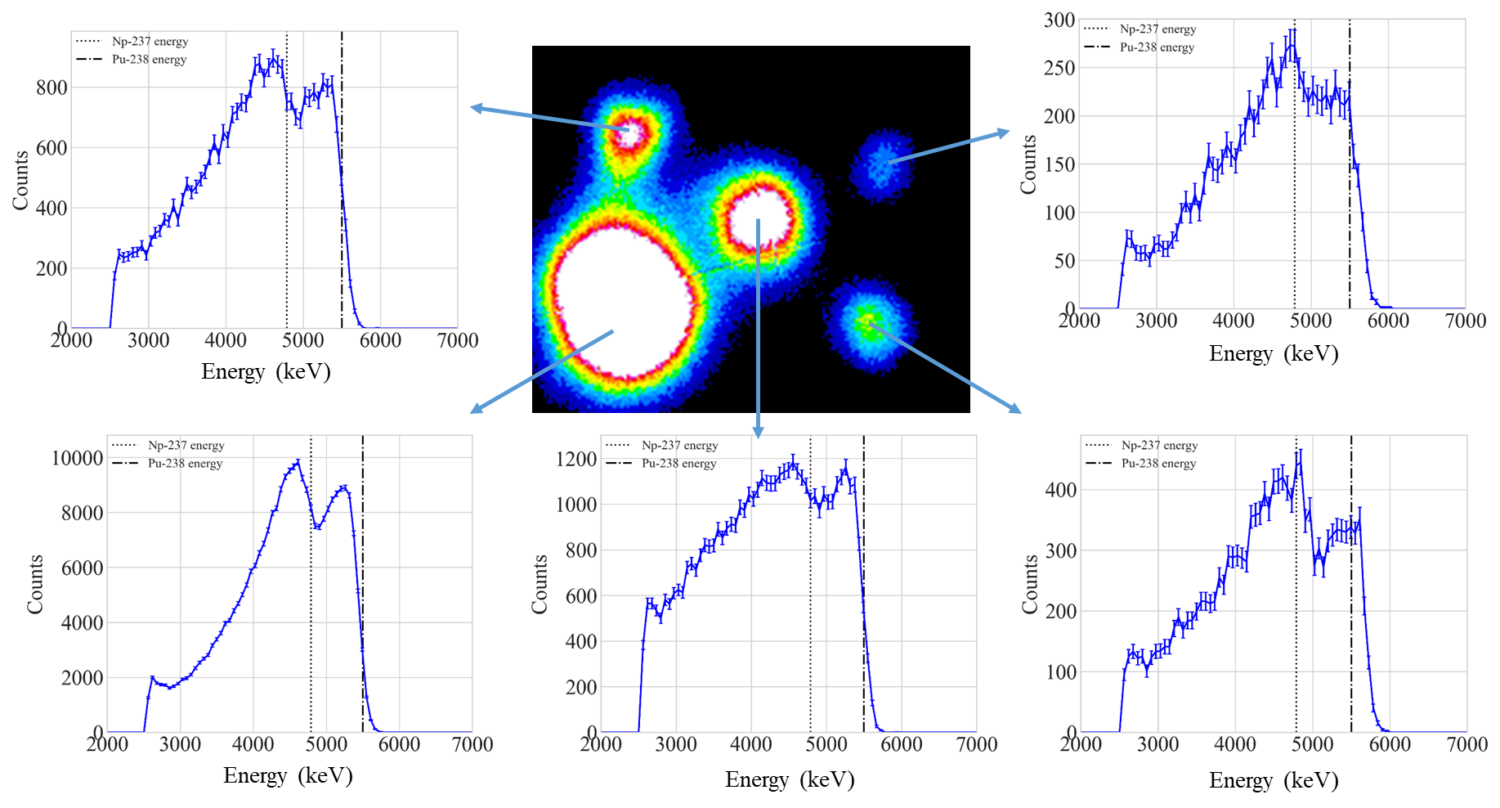
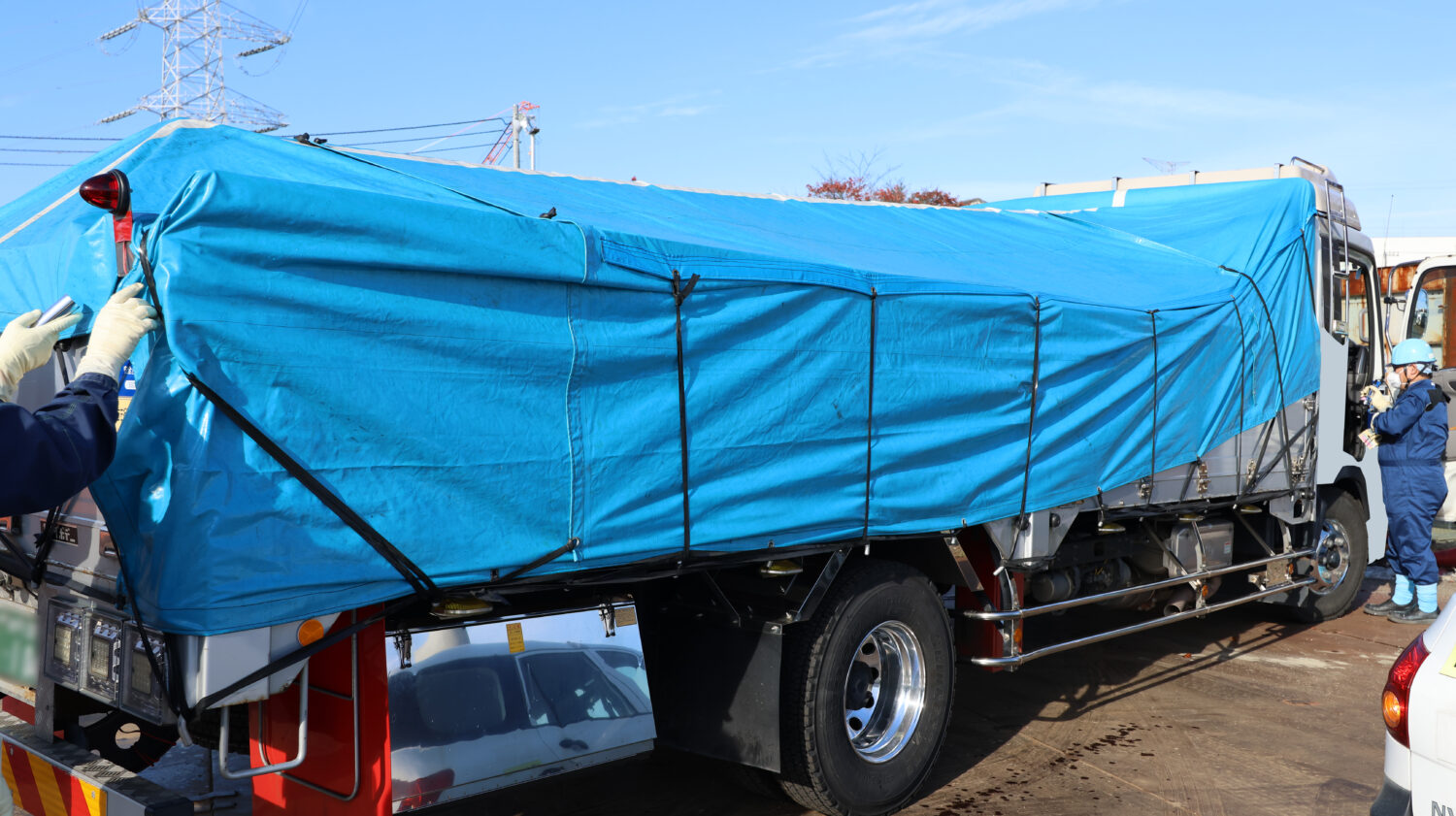
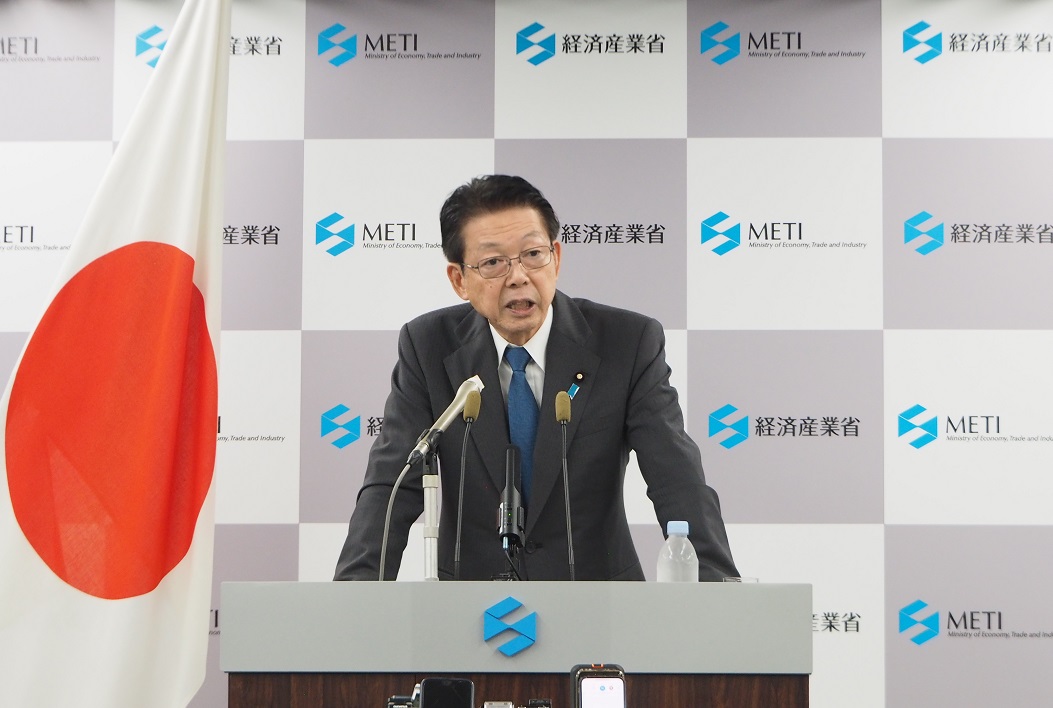
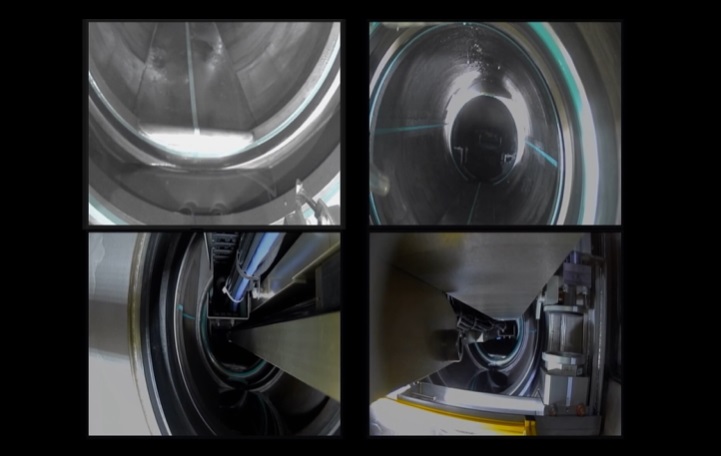

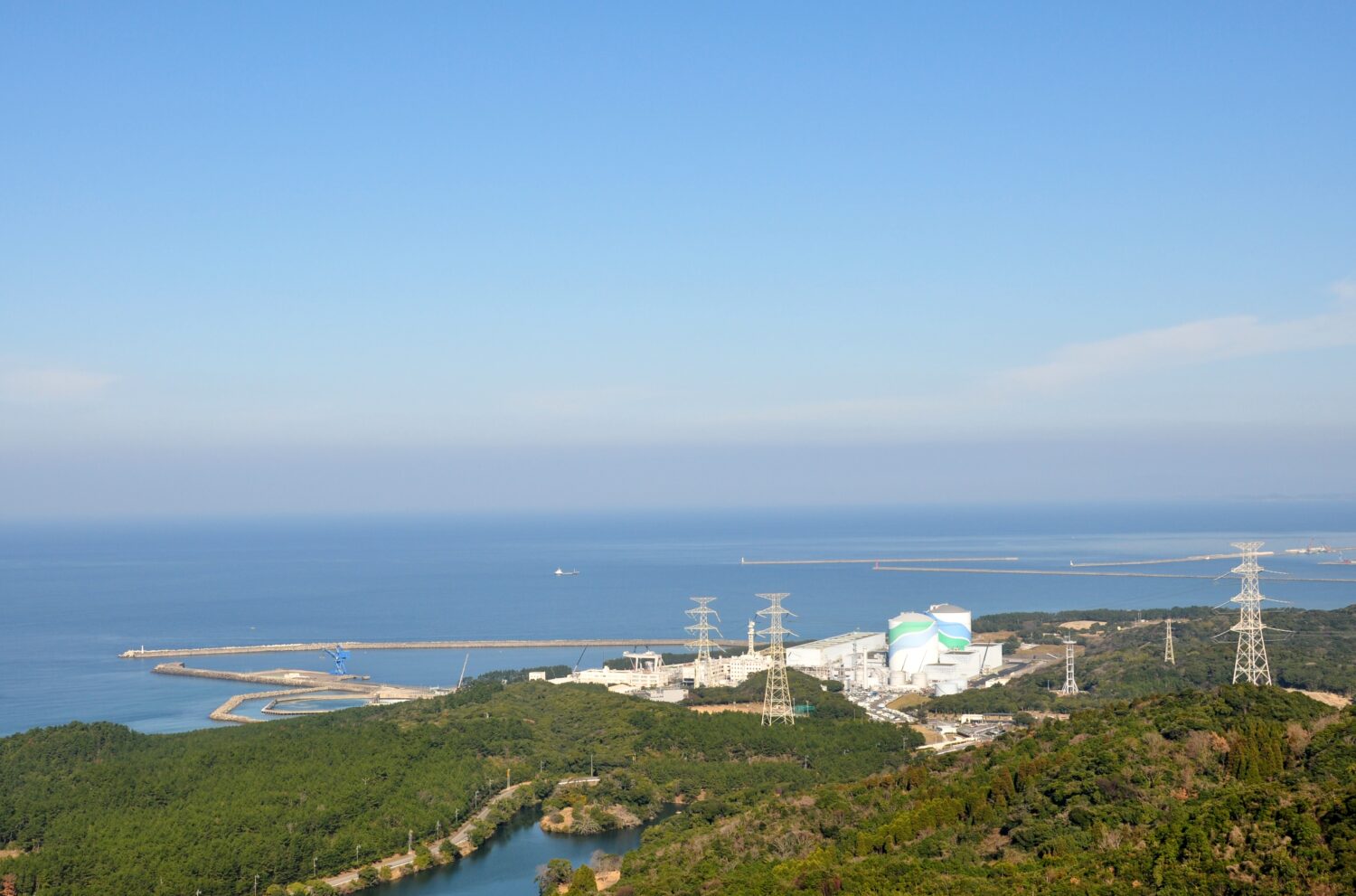

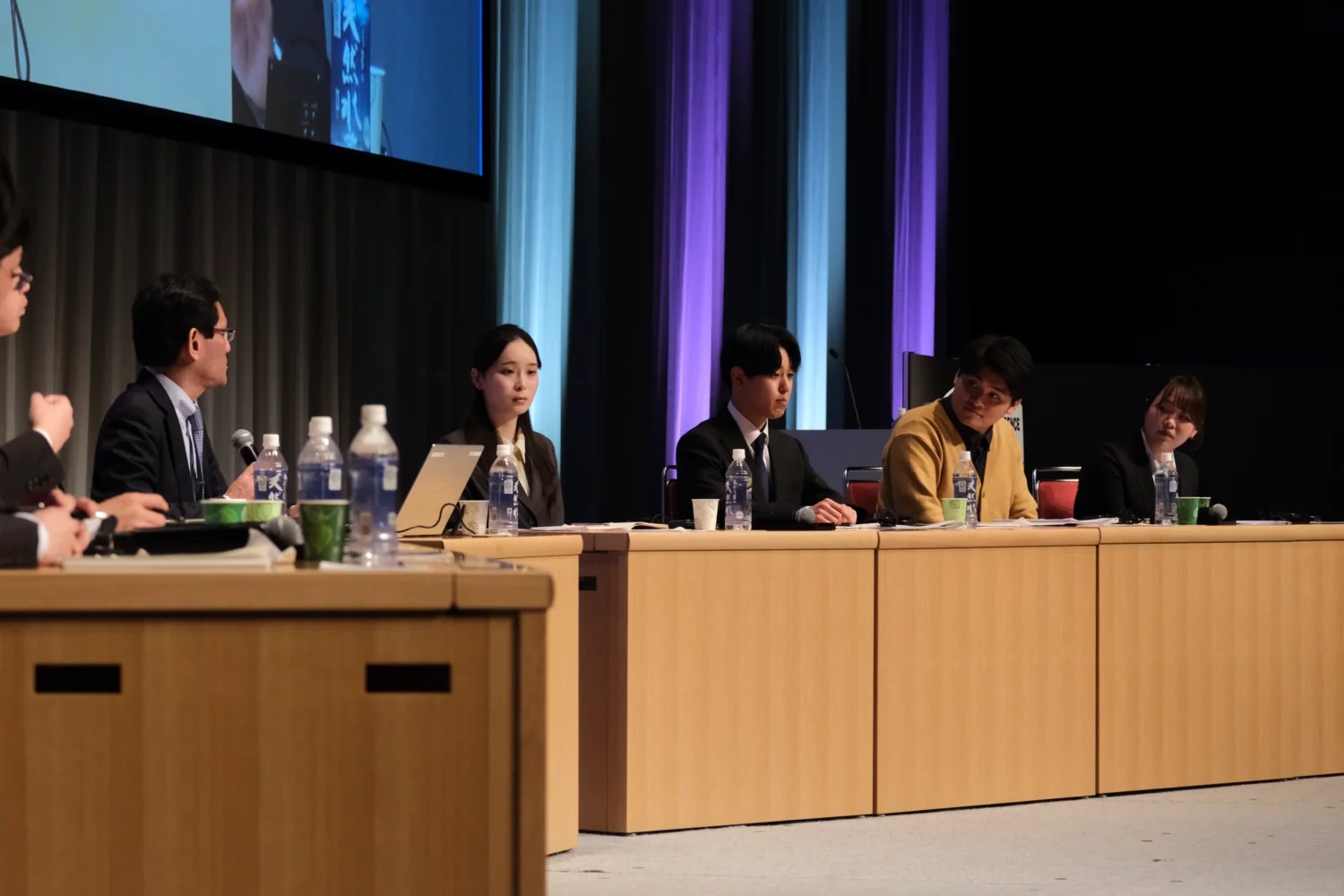

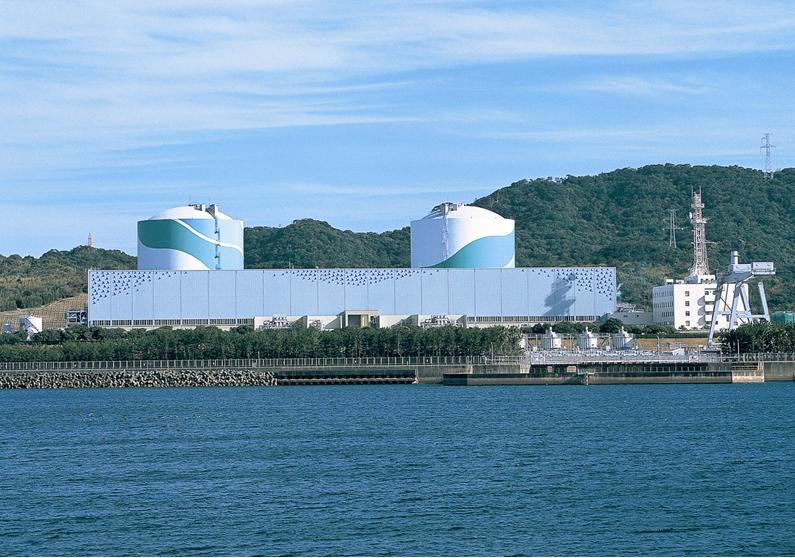
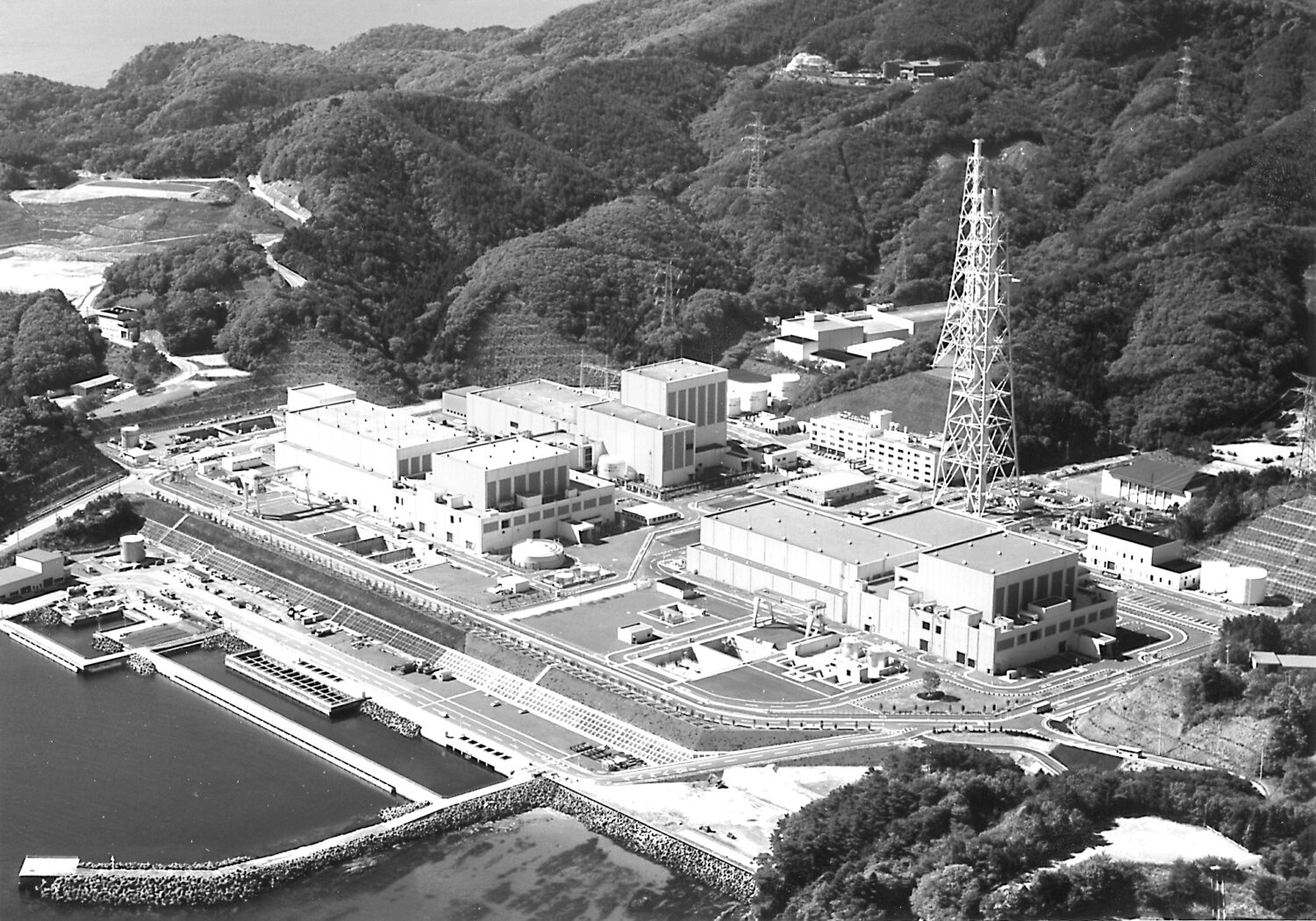
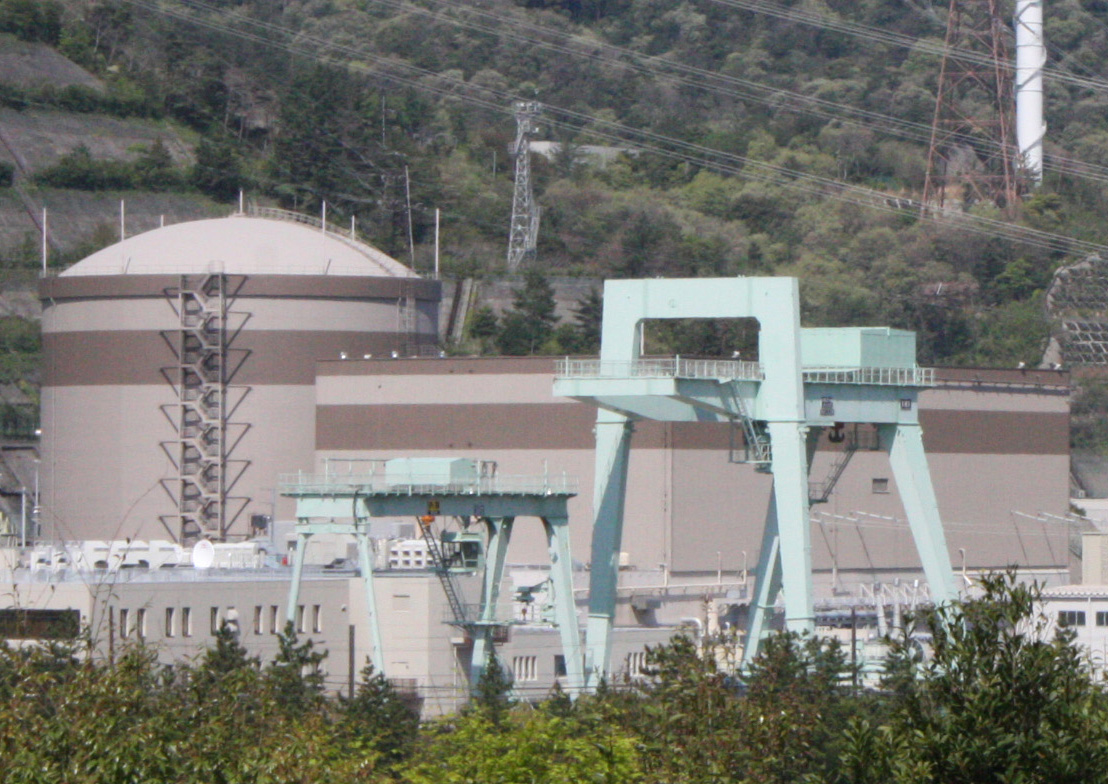
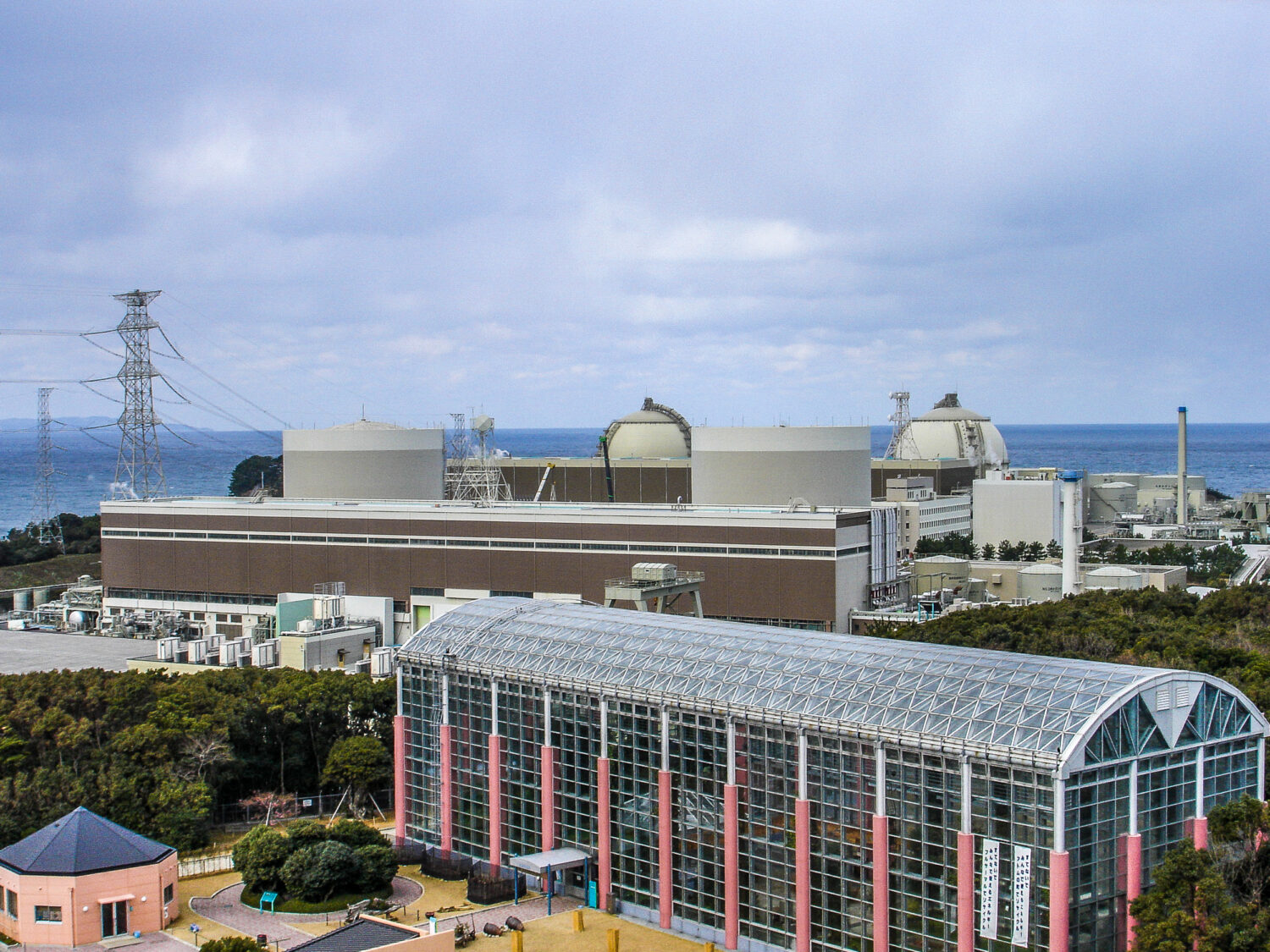
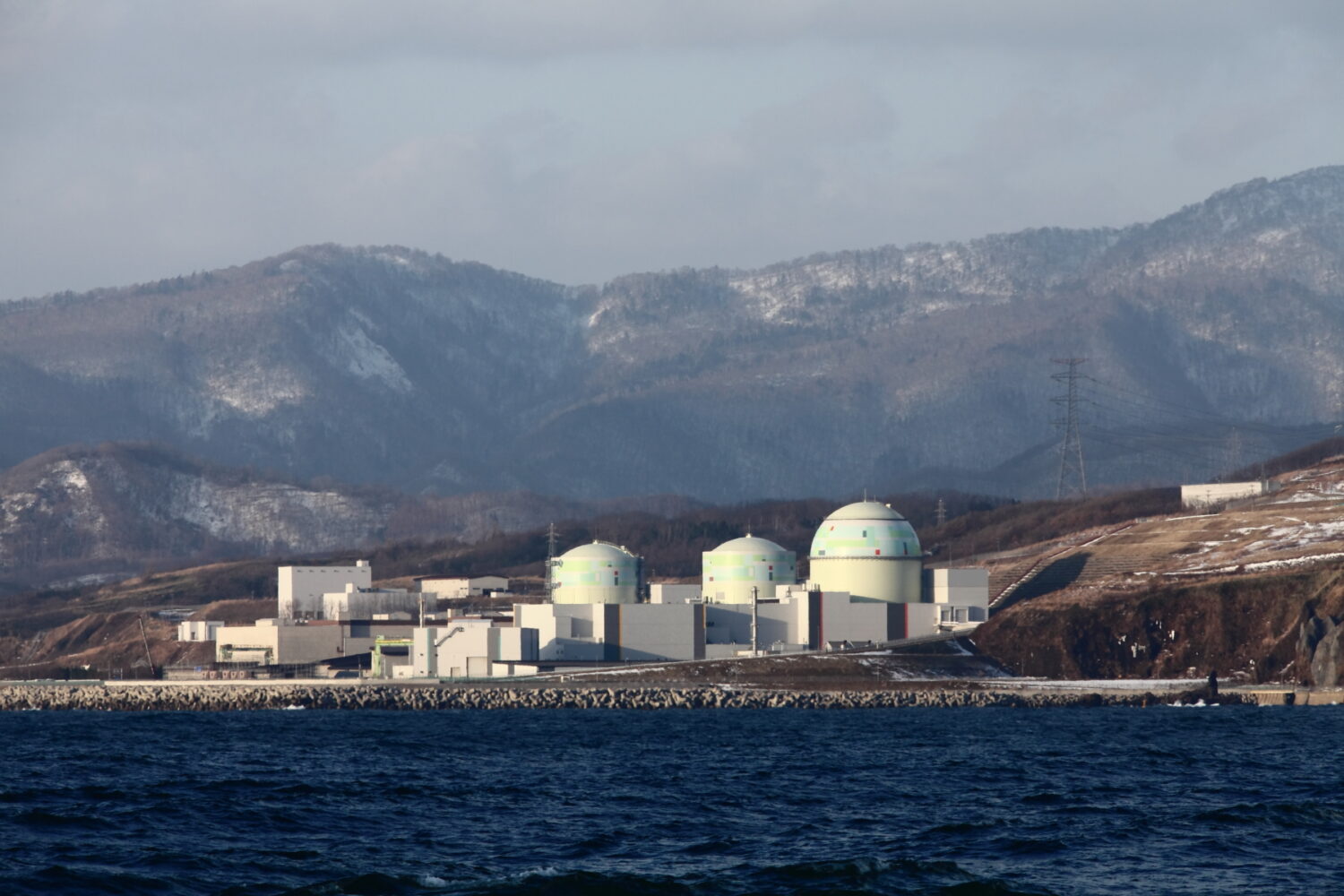
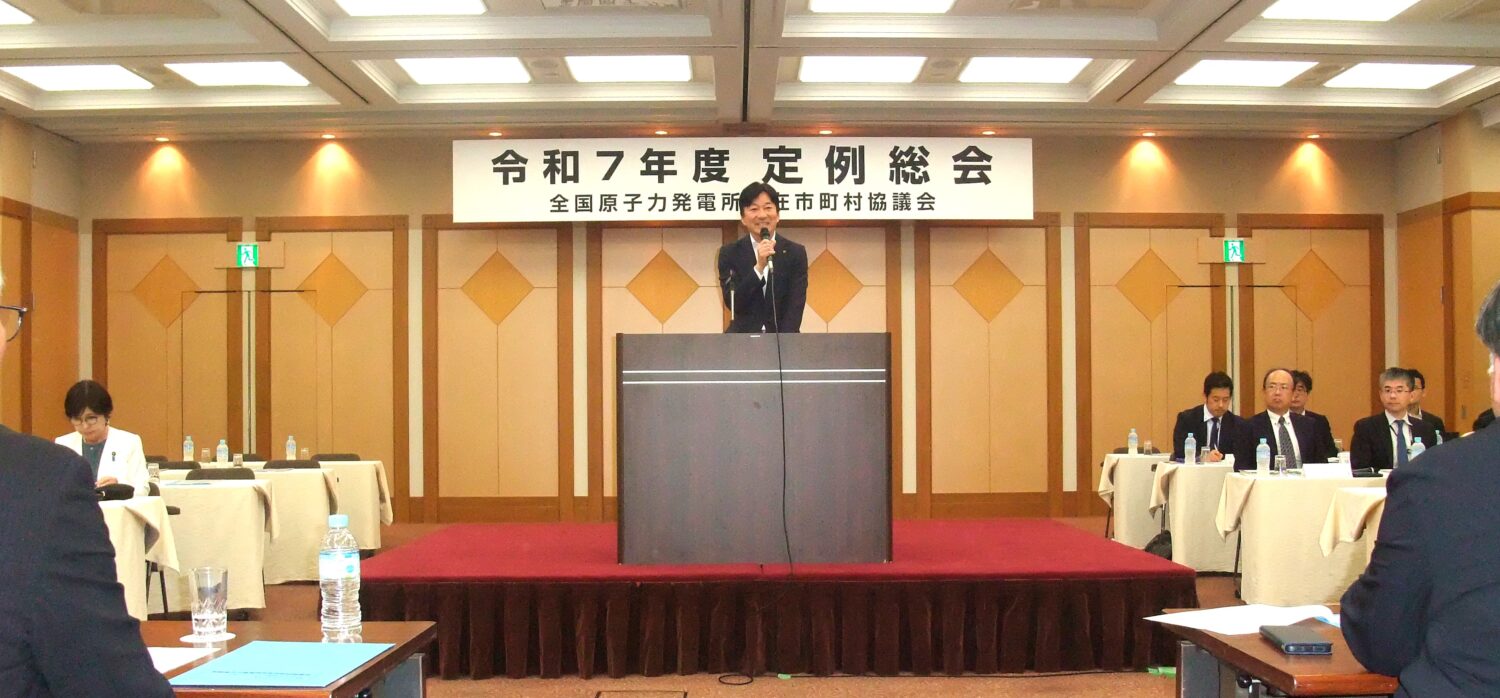
-013.jpg)
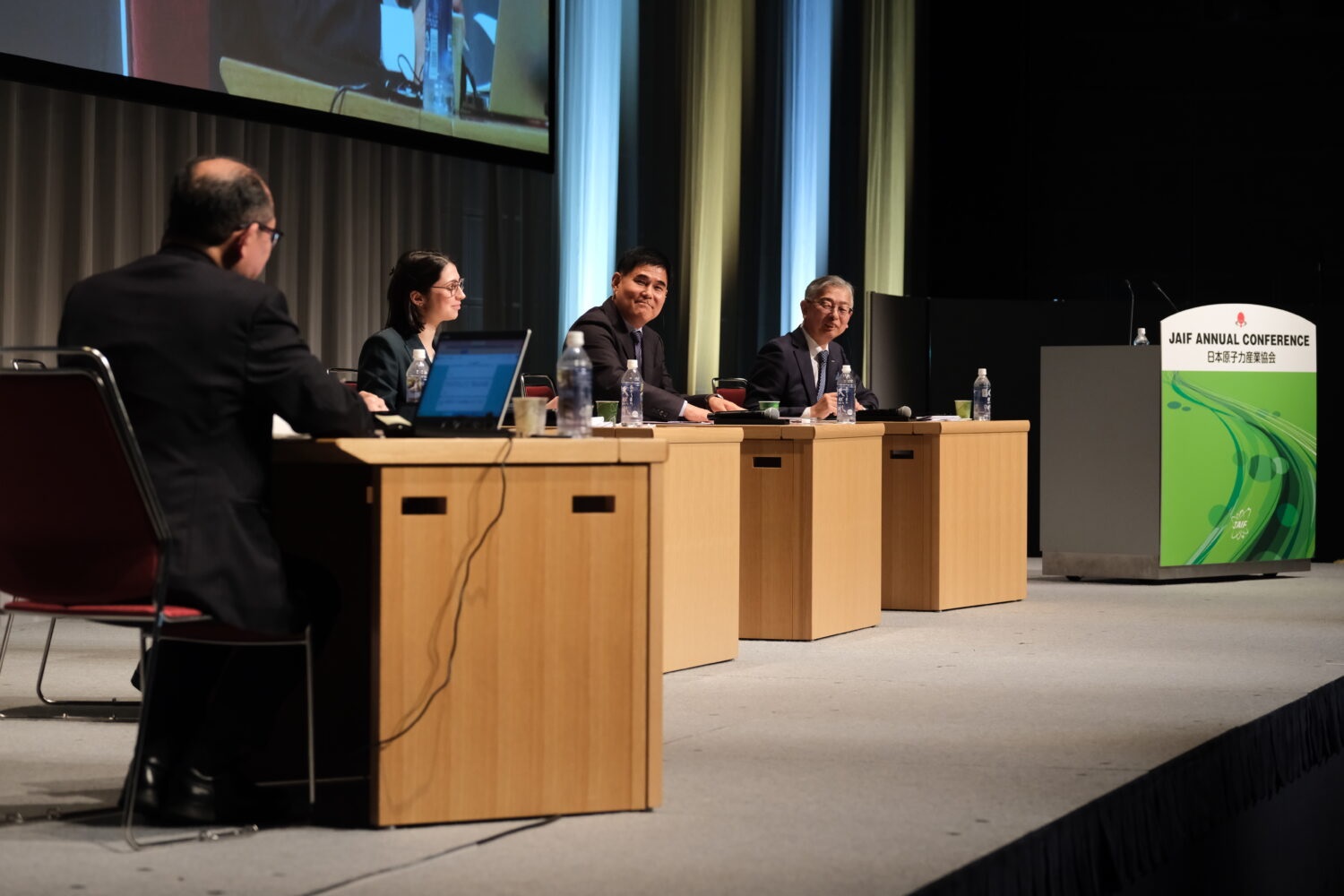
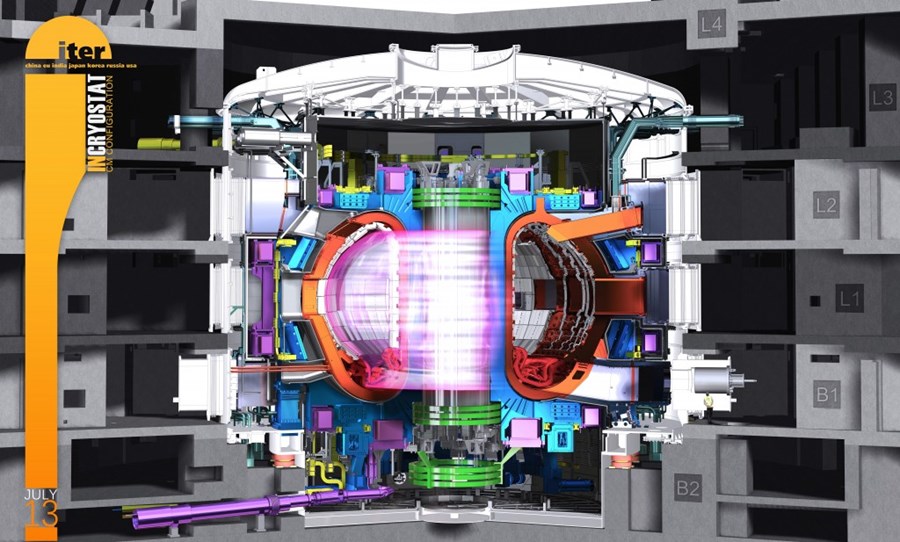
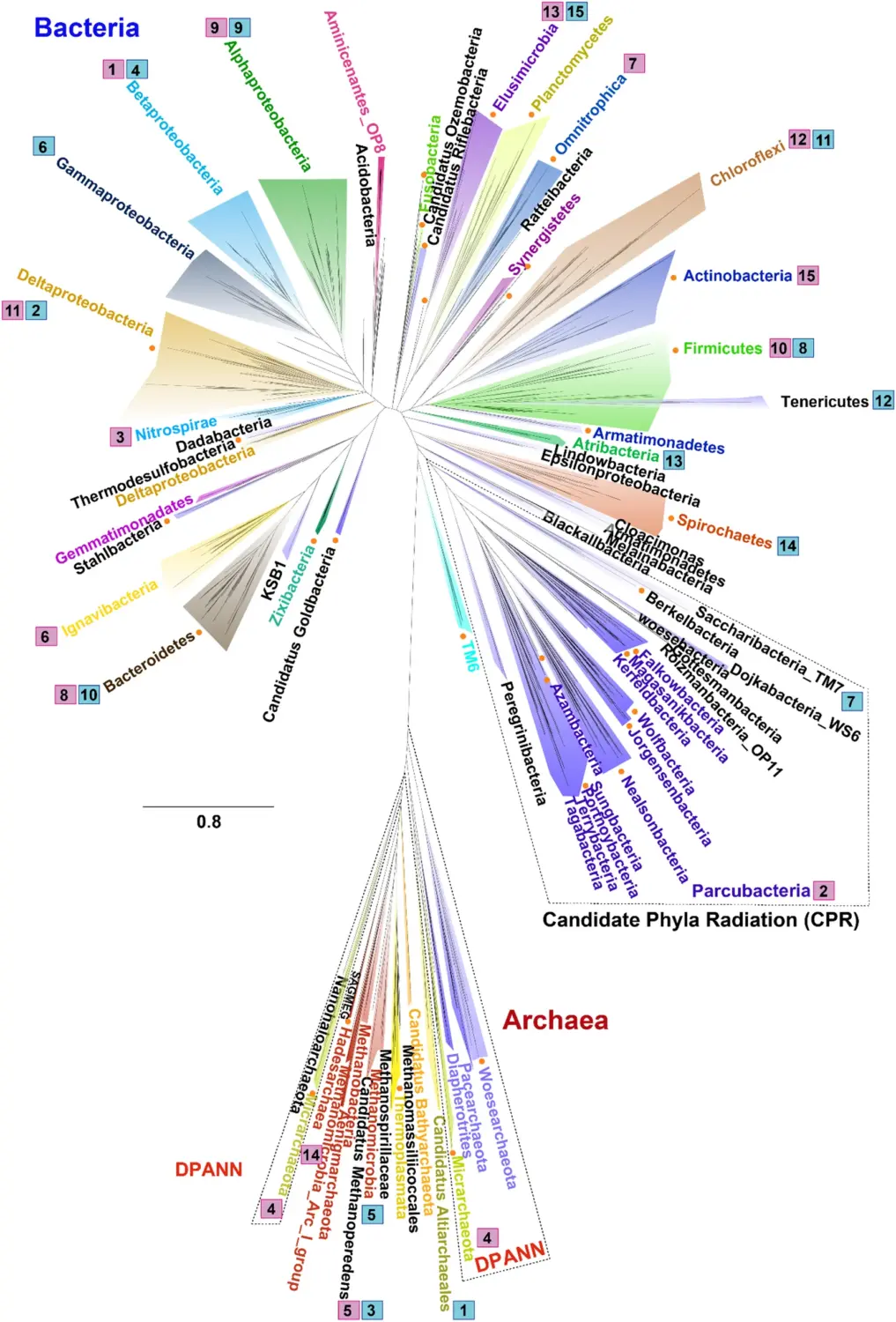
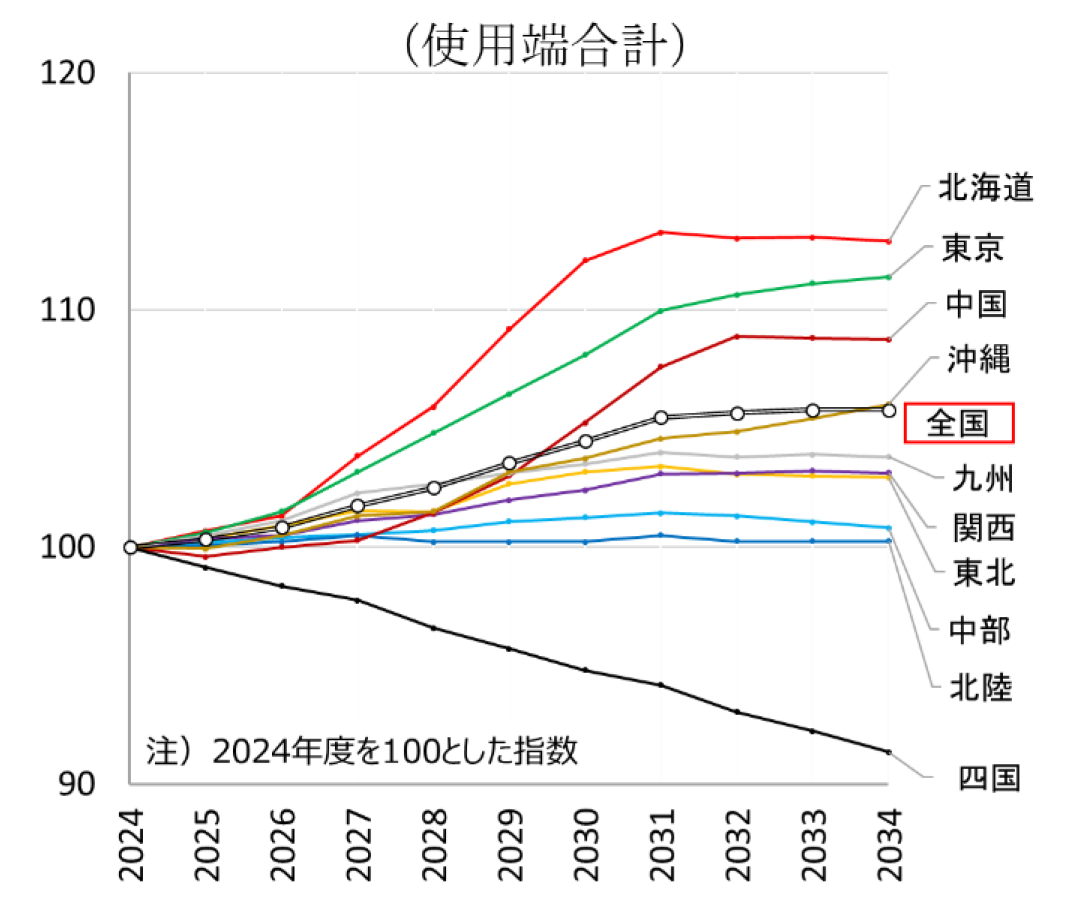
.jpg)
